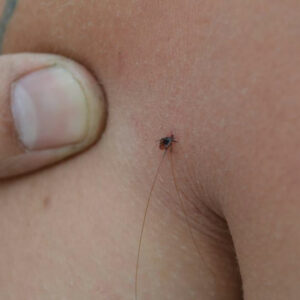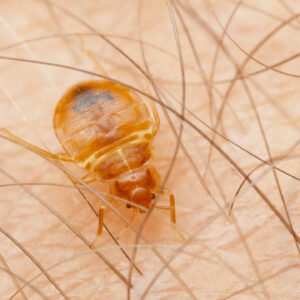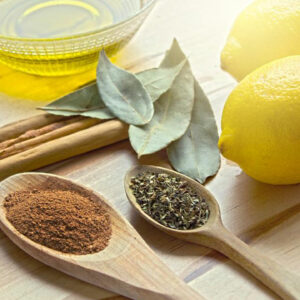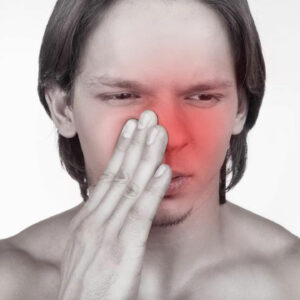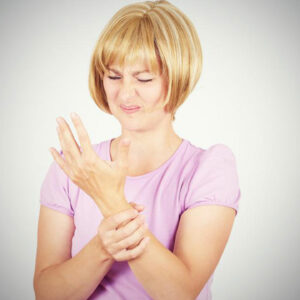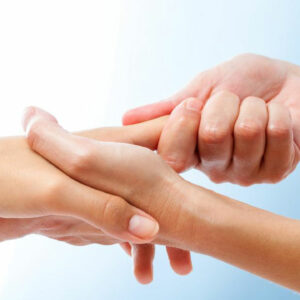
01
Treatment For Congestive Heart Failure What You Need To Know
Congestive heart failure is a condition which involves a buildup of fluids around the heart, which in turn affects the pumping and overall functioning of the heart. The heart has four chambers—the upper half houses two atria, while the lower half has two ventricles. The ventricles are responsible for pumping blood to the entire body and organs, while the atria are responsible for receiving blood. If you’re suffering from congestive heart failure, your ventricles become incapable of pumping sufficient blood to the body. This results in the blood and fluids getting accumulated in the lungs, liver, abdomen, and other parts of the body. If not treated in time, congestive heart failure can be life threatening. What Causes Congestive Heart Failure? There are a few causal factors of congestive heart failure, and this includes: Coronary Artery Disease Coronary heart disease is a disease that affects the arteries. It involves the blockage or narrowing of the arteries. It can cause your heart to be starved of the oxygen and nutrients it requires. Coronary artery disease is one of the most common causes of congestive heart failure. Cardiomyopathy This is a progressive heart disease, where the heart walls thicken, stiffen up, and enlarge. This, in turn, can disturb the heart’s ability to pump blood, causing congestive heart failure. Heart Attack Heart attacks are the most common cause of congestive heart failure. A heart attack happens when the coronary arteries get blocked suddenly. This stops the flow of blood to the heart and to the rest of your body. A heart attack can damage the heart muscles as well, leaving it dysfunctional. Alcohol and drug abuse Alcohol and drug abuse can damage the heart and cause congestive heart failure. Research shows that people who indulge in alcohol and drug abuse are more prone and likelier to get congestive heart disease, as opposed to those who don’t.
Read More 